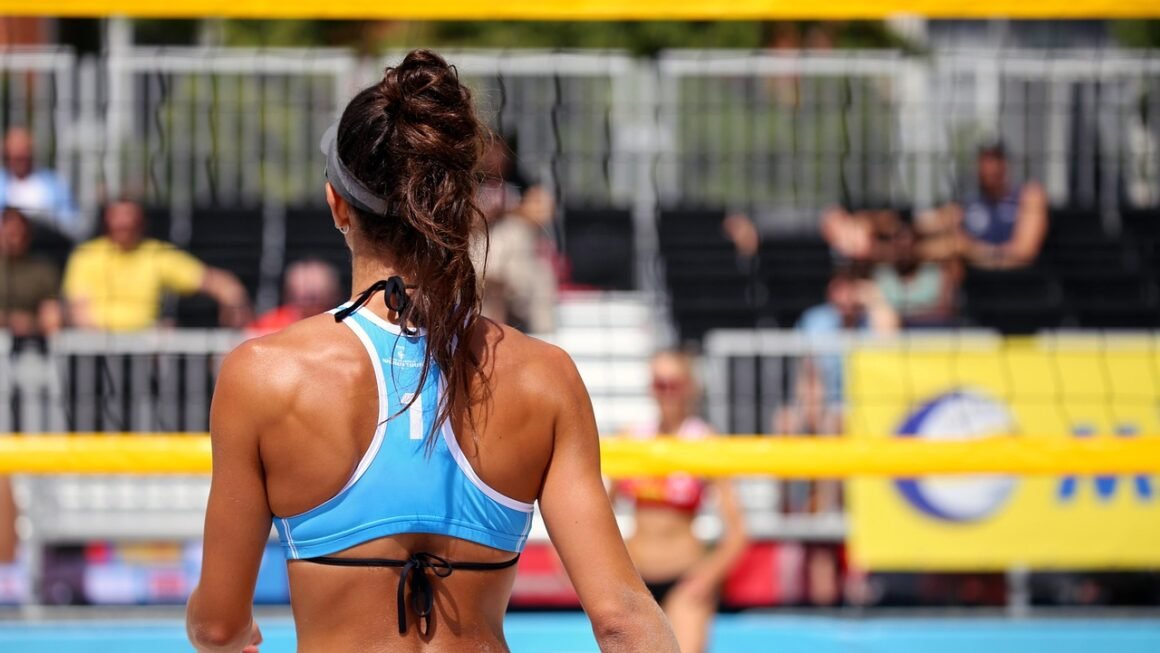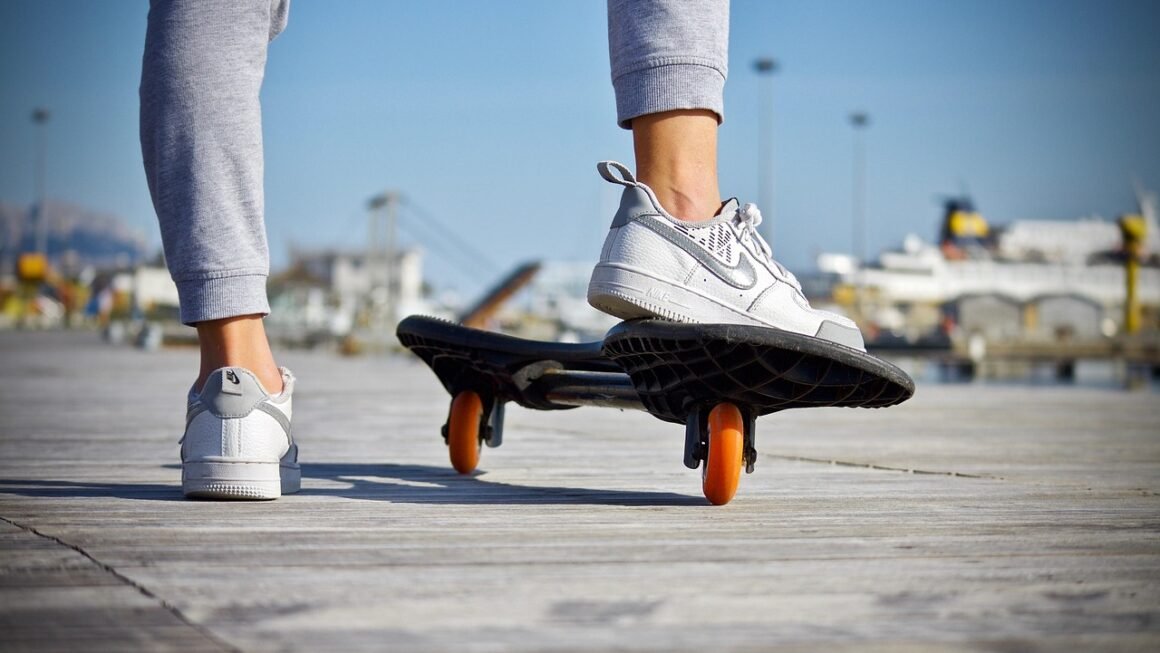The satisfying thwack of a tennis ball against a tightly strung racket, the strategic dance of players across the court, and the electric tension of a crucial point – tennis is more than just a game. It’s a blend of athleticism, strategy, and mental fortitude. Whether you’re a seasoned pro, a weekend warrior, or just curious about the sport, this comprehensive guide will delve into the fascinating world of tennis, exploring everything from its rich history to its modern-day strategies.
The History and Evolution of Tennis
From Royal Courts to Global Phenomenon
Tennis boasts a fascinating lineage, tracing its origins back to 12th-century France. This precursor, known as jeu de paume (game of the palm), was played indoors, primarily by clergy and royalty. Over time, rackets were introduced, and the game evolved. Modern tennis, or lawn tennis, emerged in England in the late 19th century, quickly gaining popularity.
- Early Tennis: Played indoors with bare hands or gloves.
- 16th Century: Rackets introduced, marking a significant evolution.
- Late 19th Century: Lawn tennis developed and standardized in England.
- Wimbledon: The first Wimbledon Championships were held in 1877.
Key Figures in Tennis History
Throughout history, tennis has been shaped by influential figures who have contributed to its rules, techniques, and popularity. From the early pioneers to modern-day legends, their impact is undeniable.
- Major Walter Clopton Wingfield: Credited with popularizing lawn tennis in the 1870s.
- Suzanne Lenglen: A dominant female player in the 1920s, known for her athleticism and style.
- Rod Laver: The only player to achieve a calendar-year Grand Slam twice (1962 and 1969).
- Billie Jean King: A champion for gender equality in tennis and beyond.
Mastering the Fundamentals
Essential Strokes
Tennis involves a variety of strokes, each crucial for different situations on the court. Mastering these fundamentals is the foundation for any successful player.
- Forehand: Executed on the dominant side of the body, using a swing from low to high. Focus on a strong, stable base and a consistent contact point.
Example: Practice hitting forehands cross-court to improve accuracy.
- Backhand: Executed on the non-dominant side of the body. Can be one-handed or two-handed.
Example: Work on your backhand slice for defensive play.
- Serve: Initiates each point. Requires a coordinated toss and swing for power and placement.
Example: Practice serving different types of serves (flat, slice, kick) to keep your opponent guessing.
- Volley: Hitting the ball before it bounces, typically near the net. Requires quick reflexes and precise hand-eye coordination.
Example: Drill volleys with a partner, focusing on control and angle.
- Overhead Smash: A powerful shot hit above the head, often in response to a high lob.
Example: Practice overheads against a wall to improve timing and power.
Footwork and Movement
Effective footwork is just as important as powerful strokes. It allows you to get into the optimal position to hit the ball.
- Shuffle steps: Lateral movement to cover the court efficiently.
- Split step: A small jump before the opponent hits the ball to prepare for quick reactions.
- Crossover steps: Used for covering longer distances.
- Recovery steps: Moving back to the center of the court after hitting a shot.
Strategy and Tactics
Singles Strategy
Singles tennis is a battle of wits and athleticism. Developing a sound strategy is key to success.
- Serve Placement: Use varied serve placements to exploit weaknesses in your opponent’s return game.
- Court Positioning: Adjust your position based on the score and your opponent’s tendencies.
- Aggression vs. Defense: Know when to attack and when to play defensively.
- Exploiting Weaknesses: Identify and target your opponent’s weaker strokes or movement.
Doubles Strategy
Doubles tennis requires teamwork, communication, and specialized strategies.
- Net Play: Effective net play is crucial in doubles. Be aggressive and look for opportunities to volley.
- Serving and Returning: Coordinate serving strategies and return positioning with your partner.
- Communication: Clear communication is essential for covering the court effectively.
- Poaching: Anticipating your opponent’s shots and intercepting them at the net.
Example: Practice different doubles formations to improve court coverage.
Equipment and Gear
Choosing the Right Racket
The right racket can significantly impact your performance. Consider factors like head size, weight, grip size, and balance.
- Head Size: Larger head sizes offer a bigger sweet spot, making them more forgiving for beginners. Smaller head sizes provide more control for experienced players.
- Weight: Lighter rackets are easier to maneuver, while heavier rackets offer more power and stability.
- Grip Size: A comfortable grip is essential for preventing injuries and maintaining control.
- String Tension: Higher string tension provides more control, while lower tension offers more power.
Essential Gear
Beyond the racket, other essential gear can enhance your playing experience.
- Tennis Shoes: Provide the necessary support and traction for quick movements on the court.
- Apparel: Choose comfortable, breathable clothing that allows for a full range of motion.
- Tennis Balls: Select high-quality balls that maintain their bounce and visibility.
- Accessories: Consider accessories like hats, wristbands, and sunscreen for added comfort and protection.
Conclusion
Tennis is a sport that offers something for everyone, whether you’re drawn to its historical roots, its demanding physicality, or its strategic complexity. By understanding the fundamentals, developing sound strategies, and using the right equipment, you can unlock the full potential of your game. Whether you aspire to compete at a high level or simply enjoy a friendly match with friends, tennis is a lifelong sport that provides both physical and mental benefits. Now, grab your racket, head to the court, and experience the joy of the game!



